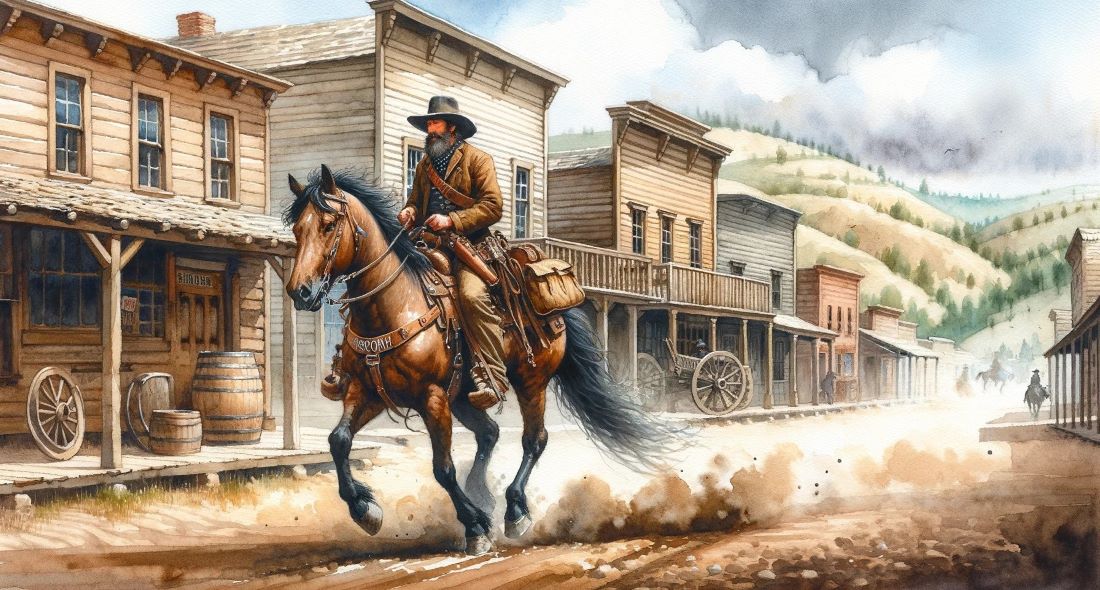Pony Express, the first fast mail service in the United States, operated from April 1860 to October 1861. In its brief existence, it transported nearly 35,000 pieces of mail across the American frontier. Riders traveled 1,966 miles between St. Joseph, Missouri, and Sacramento, California, in just ten days, overcoming harsh weather, difficult terrain, and potential attacks from Native American tribes. The service showcased American ingenuity and determination, ultimately paving the way for the transcontinental telegraph and railroad.
Founding and Organization of the Pony Express
The Pony Express was founded in 1860 by the freighting firm of Russell, Majors, and Waddell. Faced with the challenge of establishing a rapid communication link across the American frontier, the founders saw an opportunity to enhance their business and aid the country’s expansion. The service promised to deliver mail between St. Joseph, Missouri, and Sacramento, California, in just ten days. This venture was crucial for maintaining communication between the rapidly growing western territories and the established eastern states, especially amid the looming threat of the Civil War.
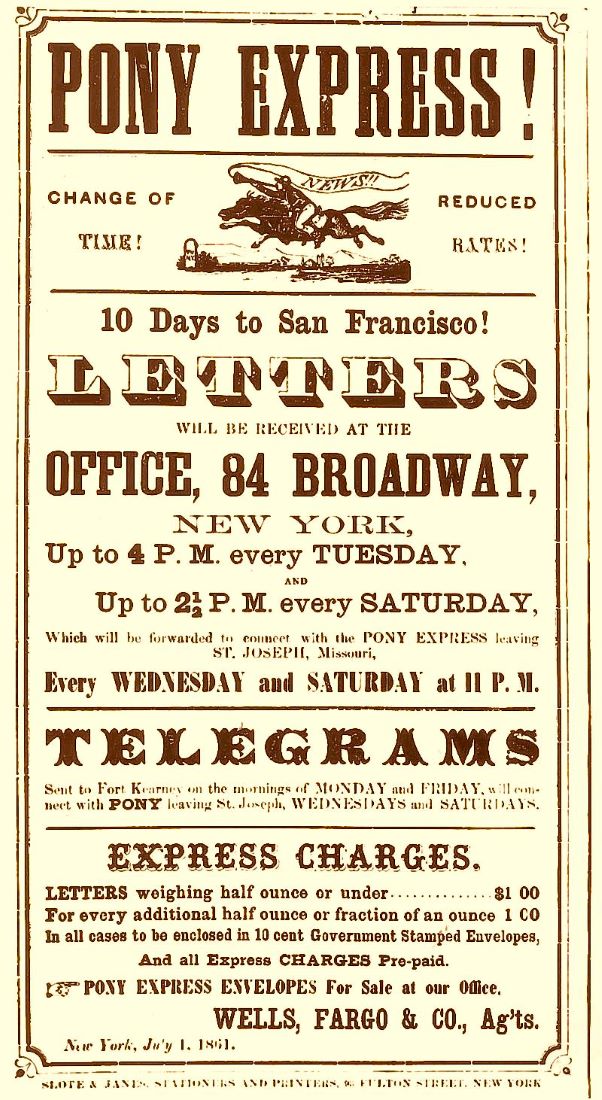
To set up the Pony Express, the founders created the Central Overland California and Pike’s Peak Express Company. They secured the necessary routes, built relay stations, and hired skilled riders and station keepers. The company invested in high-quality horses and established a network of about 190 stations, spaced approximately ten miles apart. This rigorous organization and significant financial investment underscored the importance of the Pony Express in ensuring the cohesion and development of the young American nation.
Operations and Challenges of the Pony Express
The Pony Express operated with a rigorous schedule, designed to ensure swift mail delivery across nearly 2,000 miles. Riders, who were often young and lightweight, would travel day and night, facing extreme weather conditions and hazardous terrain. The primary aim was to maintain a speed that could achieve the ambitious ten-day delivery promise. The determination and resilience of these riders became legendary, as they navigated the vast and often perilous American frontier.
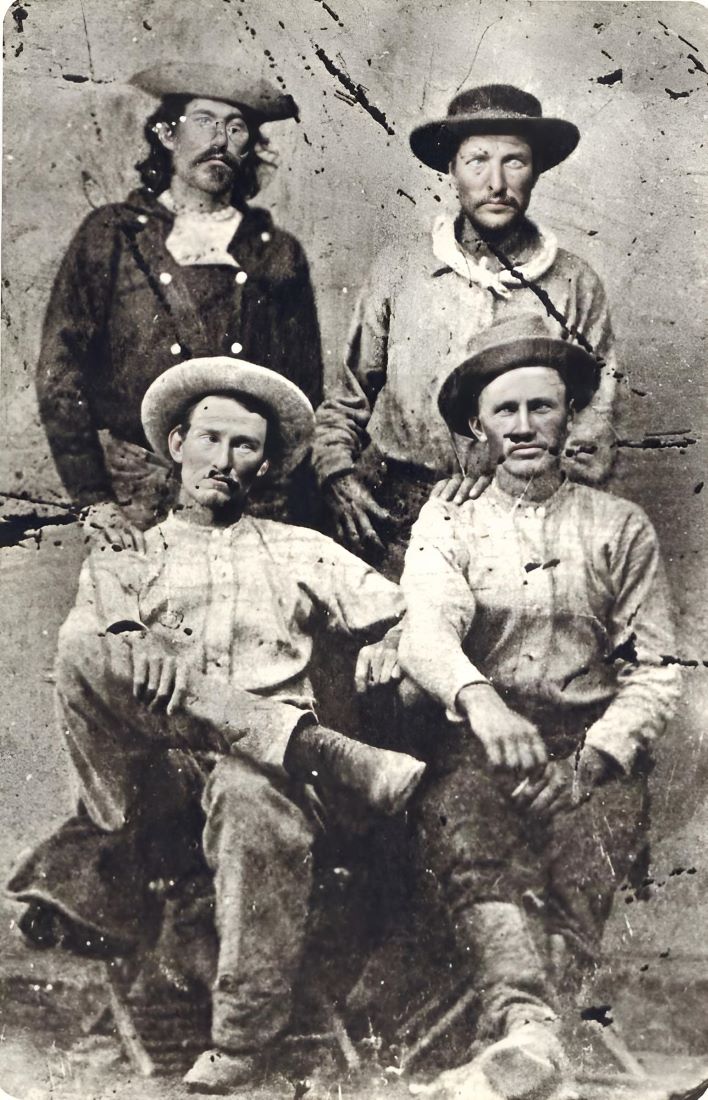
One of the significant challenges during its operation was the Paiute War in 1860. This conflict with Native American tribes resulted in the destruction of 11 relay stations and the loss of lives among the Pony Express staff. The interruptions caused by the war led to delays and financial strain on the company. Despite these setbacks, the Pony Express continued to operate, demonstrating the critical role it played in connecting the eastern and western United States during a pivotal time in the nation’s development.
The Daring Riders and Their Unforgettable Feats
The Pony Express wouldn’t have achieved legendary status without its courageous riders. These young men, often teenagers in their late teens or early twenties, were known for their exceptional horsemanship, bravery, and unwavering determination. They faced a multitude of challenges on their assigned routes, each rider contributing their own story to the Pony Express saga.
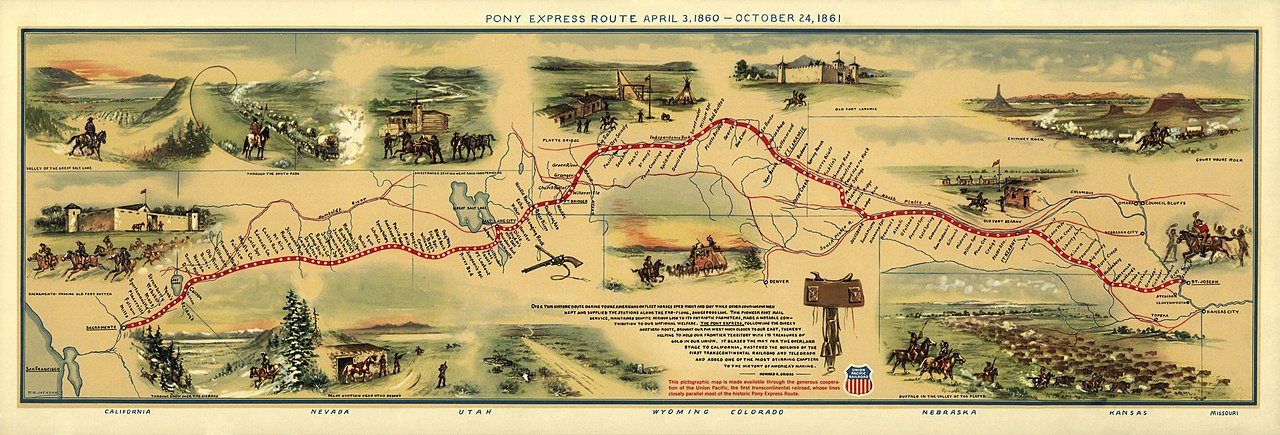
Billy Richardson
Billy Richardson was renowned for his fearlessness and exceptional riding skills. As one of the most reliable riders of the Pony Express, he regularly traversed difficult and dangerous sections of the route, undeterred by inclement weather or threats from Native Americans. His ability to remain calm under pressure and maintain a swift pace ensured that the mail arrived on time. Richardson’s dedication to his job and his bravery made him a legend among his peers and the public. He once covered a record distance of 80 miles in one shift, showcasing his remarkable endurance.
Robert “Pony Bob” Haslam
Robert “Pony Bob” Haslam is celebrated for his remarkable endurance and speed. On one notable occasion, he covered 380 miles in less than 40 hours, setting a record that stood as a testament to his exceptional abilities. Haslam’s most famous ride occurred during an emergency when he volunteered to carry vital government dispatches through hostile territory, demonstrating unparalleled courage. His daring exploits earned him widespread acclaim and a permanent place in Pony Express lore. Haslam’s resilience and unwavering commitment were crucial to the success of the mail service during its most challenging times.
William “Buffalo Bill” Cody
William “Buffalo Bill” Cody, who later became a legendary showman, was also one of the most famous Pony Express riders. At the young age of 15, Cody took on the dangerous task of delivering mail across the vast and treacherous plains. His adventurous spirit and quick thinking saved his life on several occasions, particularly during confrontations with hostile forces. Cody’s experiences with the Pony Express laid the foundation for his later fame as a frontier hero. He once completed a 322-mile round trip in less than 22 hours, a record that highlighted his exceptional stamina and skill.
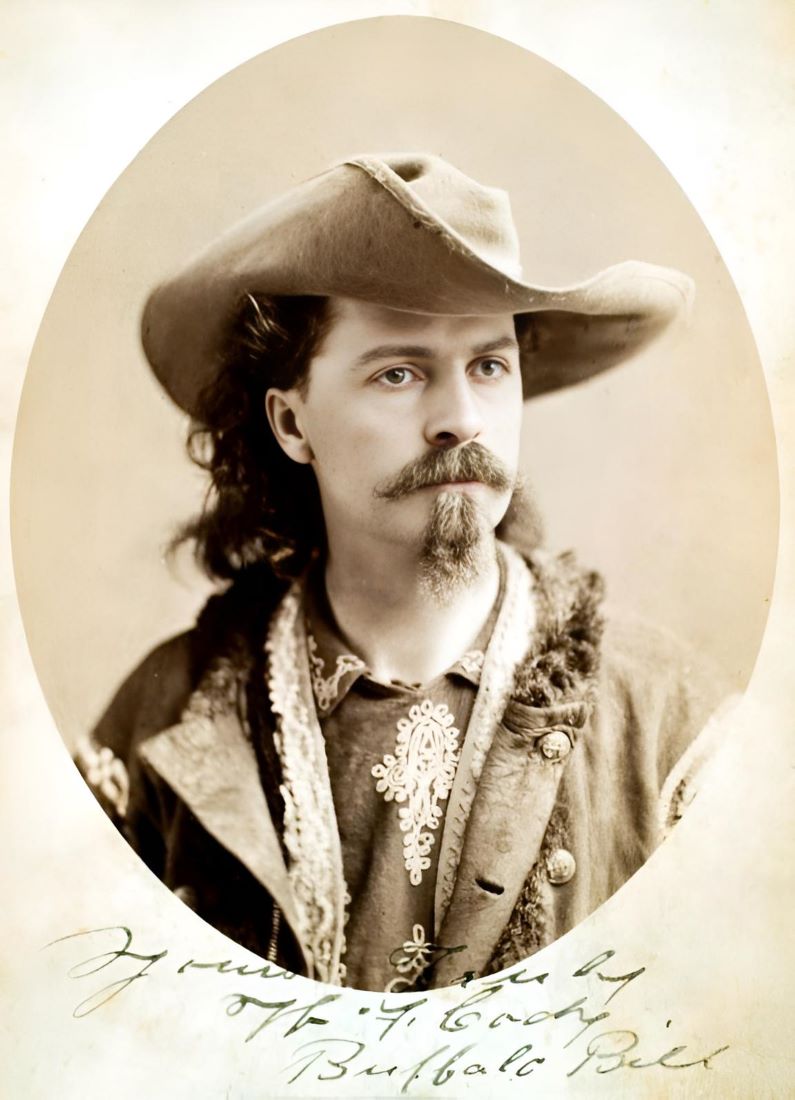
Johnny Fry
Johnny Fry was the first official rider of the Pony Express, setting off from St. Joseph, Missouri, on April 3, 1860. His initial ride marked the beginning of a groundbreaking era in American communication. Known for his speed and reliability, Fry quickly became a trusted figure in the Pony Express network. His successful completion of the inaugural run, despite numerous obstacles, established the standard for all riders who followed. Fry’s contribution to the Pony Express exemplified the spirit of determination and innovation that defined this remarkable service.
George Washington “Wash” Thompson
George Washington “Wash” Thompson was another prominent figure among Pony Express riders. Known for his unwavering determination, Thompson once completed a 190-mile round trip without a break, showcasing his extraordinary stamina. His dedication to ensuring the mail’s timely delivery, regardless of the challenges, earned him a reputation as one of the service’s most dependable riders. Thompson’s resilience and commitment to duty were instrumental in maintaining the efficiency and reliability of the Pony Express. His legacy endures as a symbol of the endurance and fortitude required to succeed in this demanding role.
Conclusion
The end of the Pony Express came with the completion of the Pacific telegraph by Edward Creighton on October 24, 1861. This technological advancement made it possible to send messages from coast to coast by wire, rendering the Pony Express obsolete. Despite being paralleled by the daily overland stage since July 1, the Pony Express maintained its popularity due to its efficiency in offering quick letter service until its final days. The service formally ceased operations, but the demand for rapid communication highlighted its significance and impact on American history.
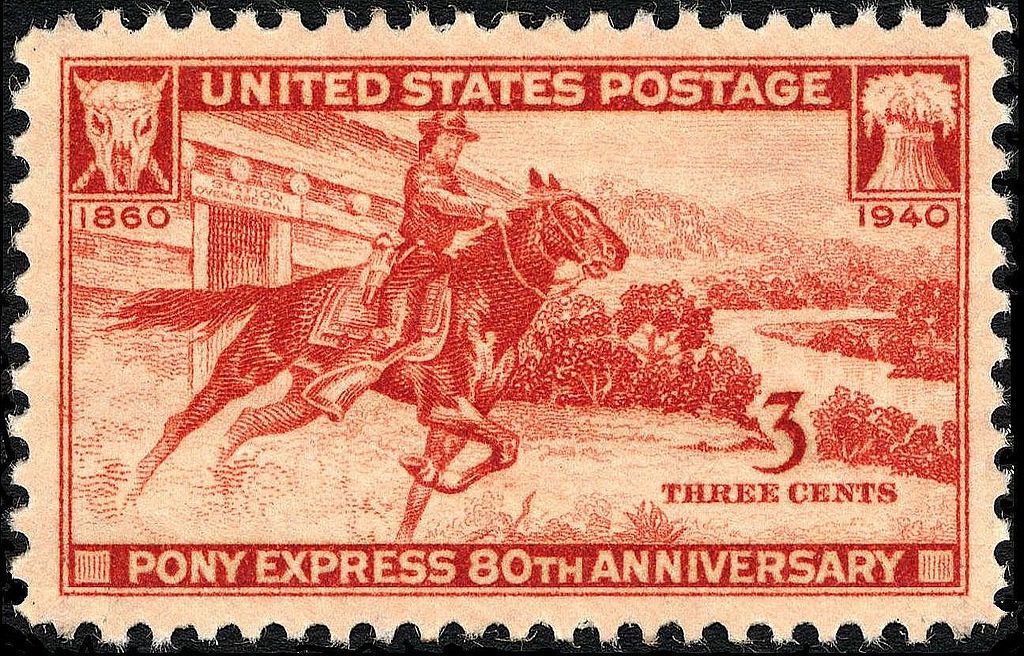
During its 18-month operation, the Pony Express achieved remarkable feats. It covered nearly 2,000 miles with riders who faced extreme weather, difficult terrain, and potential attacks, delivering approximately 34,753 pieces of mail. Despite its brief existence, it showcased the possibilities of rapid overland communication and helped bridge the gap between the East and West during a critical period. Financially, the venture was a failure, incurring significant expenses without government support. However, the legacy of the Pony Express lies in its demonstration of American spirit, determination, and the eventual feasibility of a transcontinental railroad.
Historical Challenge: Can You Conquer the Past?
Answer more than 18 questions correctly, and you will win a copy of History Chronicles Magazine Vol 1! Take our interactive history quiz now and put your knowledge to the test!

